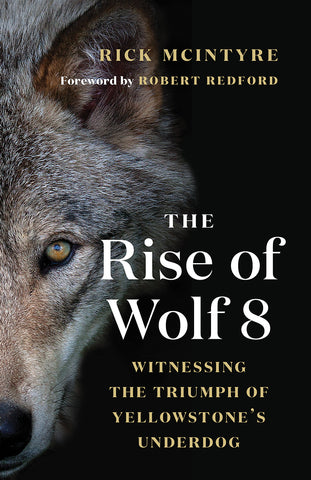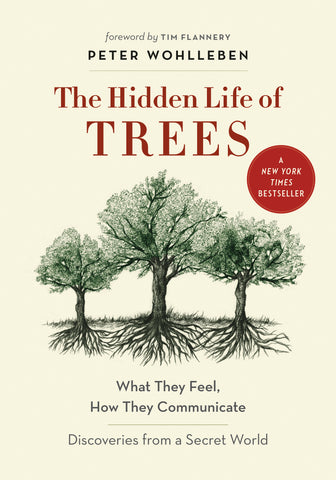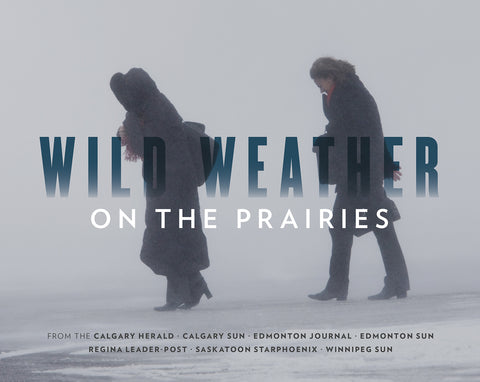Frozen in Time
The Fate of the Franklin Expedition
- ISBN: 9781771641739
- Tags: History, John Geiger, Margaret Atwood, Owen Beattie,
- Dimensions: 5.5 x 8.5
- Published On: 06/03/2017
- 300 Pages
The international bestseller revealing the fate of the doomed Franklin Expedition—now with a new afterword on the discovery of Erebus and Terror, and a new section of color photos.
In 1845, Sir John Franklin and his men set out to “penetrate the icy vastness of the north, and to circumnavigate America.” And then they disappeared. The truth about what happened to Franklin’s ill-fated Arctic expedition was shrouded in mystery for more than a century. Then, in 1984, Owen Beattie and his team exhumed two crew members from a burial site in the North for forensic evidence, to shocking results. But the most startling, when a team commissioned by the Canadian government uncovered the lost ships: Erebus and Terror.
John Grigsby Geiger was born in Ithaca, New York, and was educated at the University of Alberta, where he graduated in History. He is the author of several books, including the bestseller Dead Silence. He is a Fellow of the Royal Canadian Geographical Society and lives in Toronto, Ontario.
Owen Beattie is a professor of anthropology at the University of Alberta. He was born in Victoria, B.C., and received his PhD from Simon Fraser University. He has contributed to many forensic investigations in Canada, as well as to human rights and humanitarian projects in Rwanda, Somalia, and Cyprus. He lives in Edmonton, Alberta.
"Reading almost like a whodunit page-turner, Beattie and Geiger capture the thrill of making new scientific discoveries and finding important clues to solve a haunting mystery."
—Publishers Weekly
"[Frozen in Time] has contributed greatly to our knowledge of a signal event in the history of northern journeying. It also stands as a tribute to the enduring pull of the story—a story that has passed through all the forms a story may take."
—Margaret Atwood
From the King William
Island, 29 June 1981
King William Island is one of the most desolate places in the
world, a virtually featureless polar semidesert of limestone
and mud interspersed with ice-water lakes. Located in the
Canadian Arctic archipelago, separated from the north coast of the
North American continent by Simpson Strait, the island is large—
5,244.5 square miles (13,111 sq km)—but indistinct, rising to
a maximum elevation of only 450 feet (137 metres). Yet the indi.
erence of the landscape stands in stark contrast to the island’s
dramatic history.
For it was here, in 1848, that the finely outfitted and trained
British Arctic expedition commanded by Sir John Franklin ended in
extraordinary tragedy. Not one of the 129 men came out of the Arctic
to tell of their accomplishments or su.ering, and both of the expedition’s
ships, hms Erebus and hms Terror, were lost, as were
whatever written accounts of the journey that had existed. British
and American searchers grasping to understand the disappearance
were confounded by what little remained of the expedition. Sketchy stories told by the native Inuit, some artefacts, human remains and
one tragic note found by nineteenth-century searchers are all that
historians have been able to rely on for their reconstruction of
events.
Walking along the gravel and sand beaches on a blustery and
near freezing June day in 1981, members of an archaeological team
from the University of Alberta surveyed a spit of land near Booth
Point, on the south coast of King William Island, for human skeletal
remains. They hoped their research would uncover clues to the
events of the expedition’s agonizing final days. They knew that
some of the last survivors had crossed from here to a place on the
mainland known as Starvation Cove, where the tragedy had
reached its inevitable conclusion. The researchers were following
the lead of one of the early Franklin searchers, an American explorer
named Charles Francis Hall, who in 1869 recorded an Inuit
account of a grave belonging to a member of the lost expedition:
After traveling about half an hour, the party halted on a long low spit, called by the natives Kung-e-ark-le-ar-u, on which the men… ‘knew that a white man had been buried.’ This, however, was chiefly from the accounts which they had had from their people; only one of these had ever seen the grave. The spot was pointed out, but the snow covered all from view. A monument was erected, and its bearings… carefully noted.The first day of survey work in 1981 failed to turn up anything. It was on the second morning, 29 June, that field assistant Karen Digby walked up to forensic anthropologist Owen Beattie and archaeologist James Savelle clutching what looked like a broken china bowl in her right hand. “I think this is something important. Is it human?” Digby asked as she handed the white skull bone to Beattie. It was the first major discovery of their fieldwork, representing the starting point of Beattie’s forensic investigation. Having marked the location of her find, Digby led the rest of the crew to the spot. Still visible in the sandy soil was the depression where the human skull fragment had rested, and, placing the discovery back in the depression, the researchers began the process of meticulously searching the finger of land for other remains.





